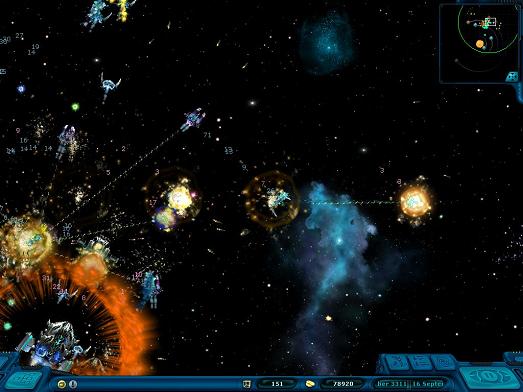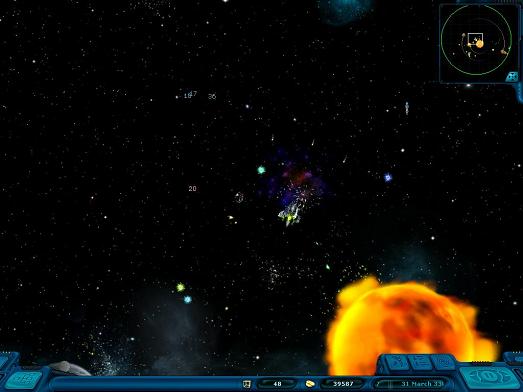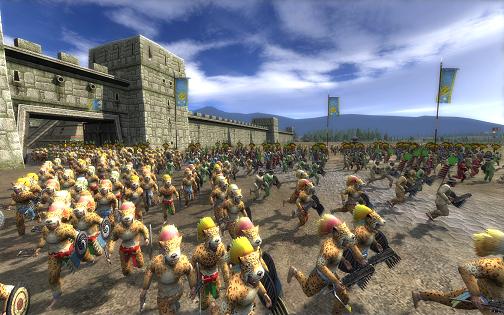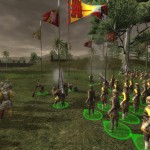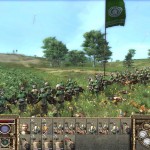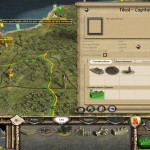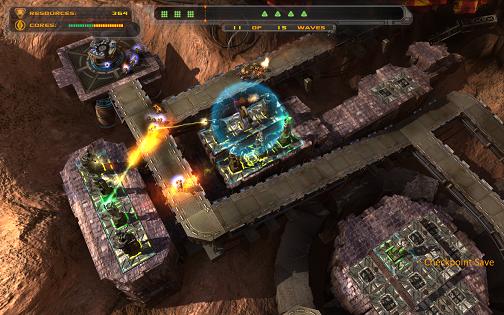
I’m not usually a fan of RTS games, but when I do play them, my favourite maps tend to be the ones in which you have to defend your base against wave after wave of enemy attackers. It’s not too surprising then that I was intrigued when people started making maps and mods specifically for this purpose. As I recall, the first examples appeared as mods for Warcraft 3, but as I didn’t really like that game, I didn’t really check those out thoroughly. It wasn’t until the advent of Flash games that tower defense really took off as a genre. I’ve played quite a few of them on and off, even if I’m not terribly good at them. My favourite is probably Vector TD with its simple vector graphics. I’ve also heard good things about Desktop Tower Defense, but I found the prospect of having to design an entire maze all by myself to be intimidating.
I’ve always known that it was inevitable that someone would make one as a full-fledged standalone game with professional production values and now along comes Defense Grid: The Awakening. When Steam put it on sale at US$14.99 over the holidays, I immediately snapped it up even though I’m still busy with Fallout 3. As expected, there are no great innovations or new ideas here. There’s a campaign that guides you through each map as part of an overarching story, and you’re given more tower types and harder maps as time passes. Completing each map unlocks the next one and allows you to replay the previous one at harder difficulty levels or altering the game settings.

Towers are placed on fixed emplacements on the map. For the easier maps, there are only a very limited number of spots on which you can place them, but later, there are plenty of opportunities to place them in such a way as to block off certain paths to the enemy, which in my opinion is nice way to do some maze-building without making it completely free-form. Still, what really makes this stand out are the great full-screen graphics and the slick interface that lets you easily scroll tower available towers with the mouse-wheel and choose upgrades. There are even multiple zoom levels so you can get a close-up look of the action. Once you’ve played this, you’ll probably have a hard time going back to Flash games.
The question is whether or not it’s worth the full price of US$19.99. For most people probably not, but if you can get it at a discount, you might find it worthwhile for some lighter gaming in between sessions of heavier fare like Fallout 3. I’m certainly happy with my purchase, and as a bonus, it’s one of the very few games that my wife likes to play.
